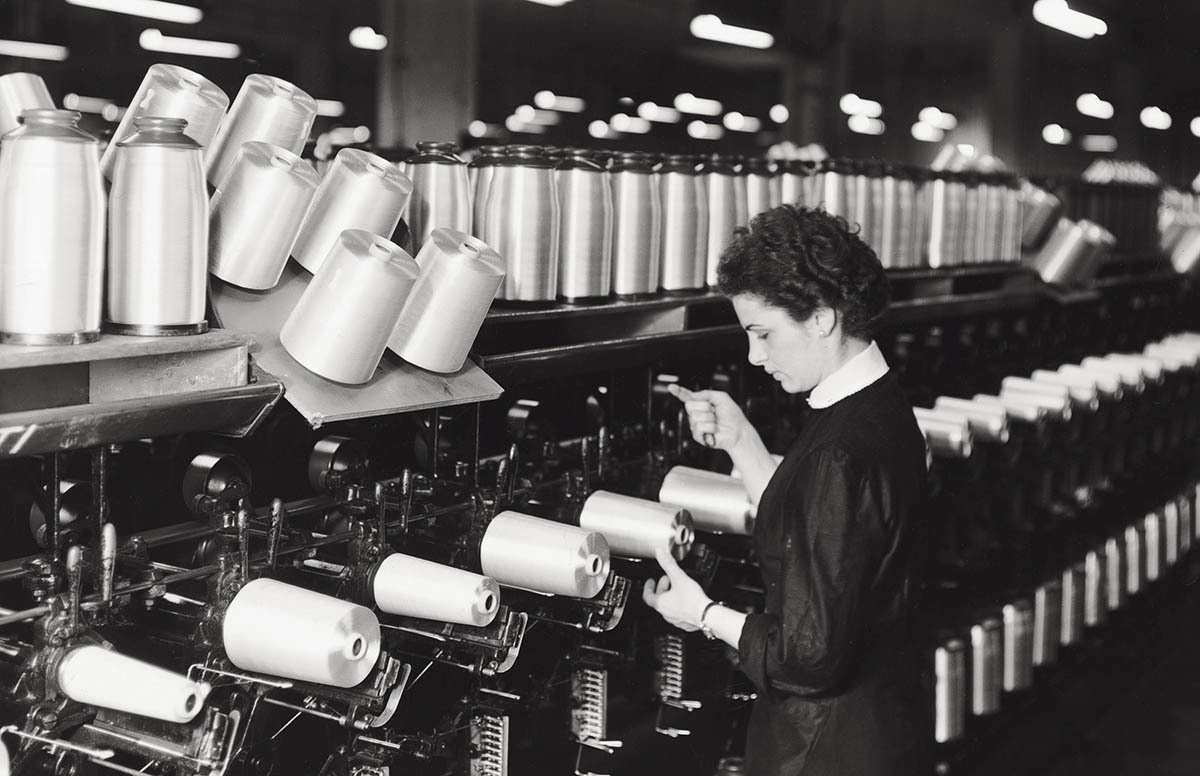
In 1909, Filippo Tommaso Marinetti—a member of the Italian literati who had studied in Egypt, France, and Italy—published his radical Futurist Manifesto, a document whose exaltations of technological disruption ignited the Italian Futurism movement.
Marinetti called for art that embraced new innovations like automobiles, glorified war, “fought” morality, and did away with libraries and museums, which focused too heavily on the past.
The Italian Futurism he spawned revolted against the old: Futurist poetry, for instance, often discarded grammar rules and appeared in non-linear jumbles, while Futurist paintings experimented with perspective and a collapsing of space.

Fashion was a particular fascination of Futurists. Since 1914, with the publication of Giacomo Balla’s “Futurist Manifesto of Men’s Clothing” manuscript, the debate over how Italians should dress raged within Marinetti’s circles. Futurists wanted manufacturers to craft clothing out of “new revolutionary materials,” such as paper, cardboard, glass, tinfoil, aluminum, rubber, fish skin, hemp, and gas.
In 1920, the “Manifesto of Futurist Women’s Fashion” added a new material to this list: milk.
The idea was not entirely novel. Between 1904 and 1909, German chemist Frederick Todtenhaupt attempted to turn milk byproducts into a fibrous silk substitute. Though his efforts failed, their underlying premise intrigued Marinetti’s band of Futurists. Many began to speculate that milk was the fabric of the future and would one day comprise all styles of dress.
It wasn’t as crazy as it might sound. Wool is a protein, so on a molecular level, it has a very similar structure to casein, the protein found in milk. Chemists simply needed to figure out how to process casein in a way that emulated the texture of wool.
Thus, for milk-based clothing to happen, Marinetti and the Italian Futurists needed to wait for the technology to catch up.

That moment came during the 1930s, when Italian Prime Minister Benito Mussolini began his push for the country to achieve economic self-sufficiency. Mussolini had stormed into office in 1922 amid popular resentment for what many saw as British, French, and American stiff-arming in the Treaty of Versailles. Marinetti was one of his early proponents. In 1919, Marinetti’s short-lived Futurist Political Party—an attempt to bring Futurist ideas into government—merged with Mussolini’s Italian Fascist Party. The two were associates—Mussolini once called Marinetti a “fervent Fascist”—and they shared the goal of strengthening Italy’s economy in preparation for coming wars.
One way they accomplished that? Milk clothing.
In the early 1930s, Mussolini commanded Italians to create more of their own products and, in doing so, to innovate “an Italian style in furnishing, interior decoration, and clothing [that] does not yet exist.”








